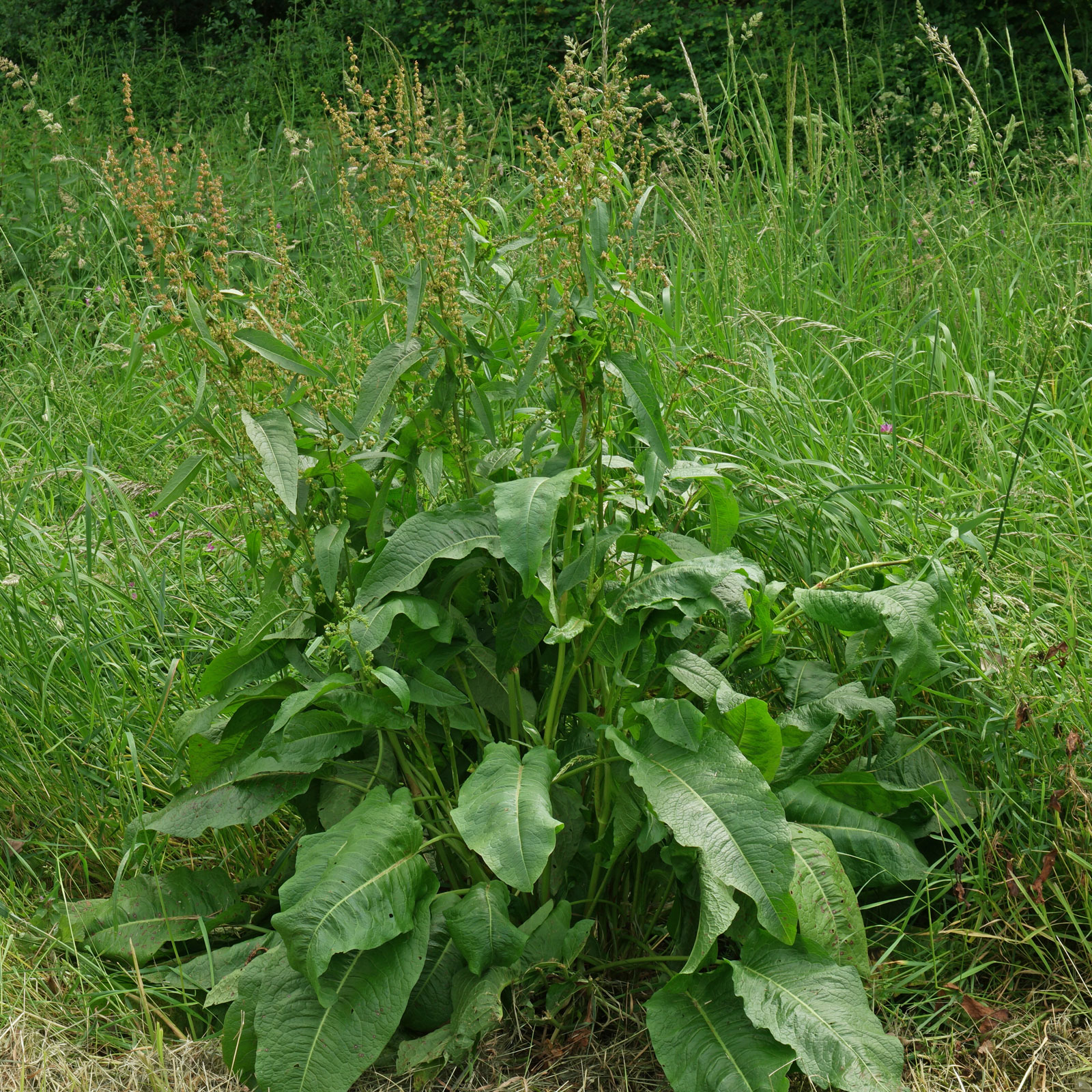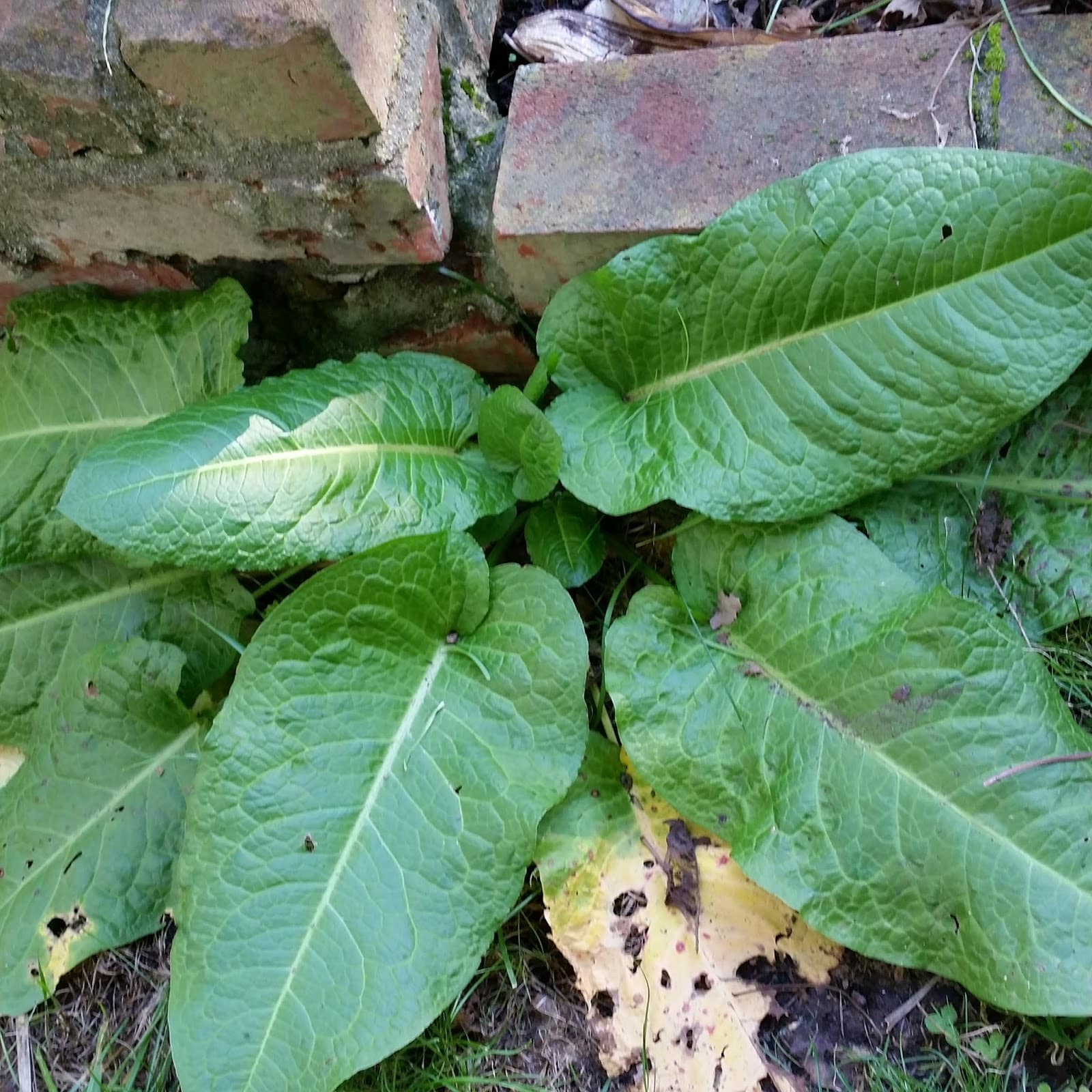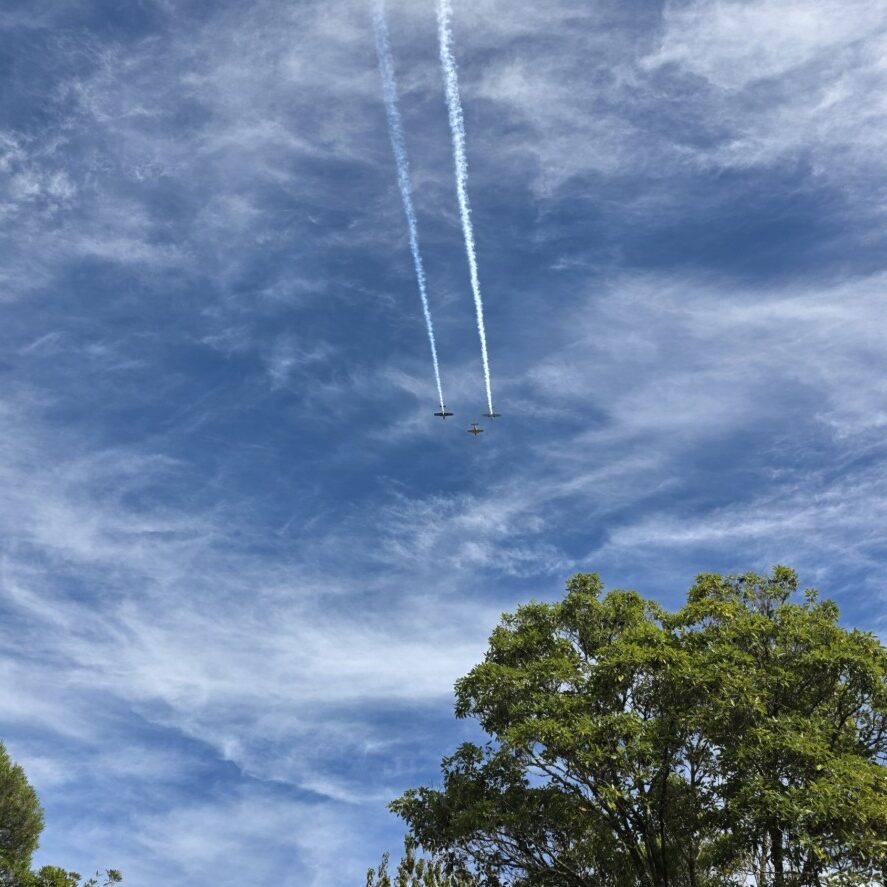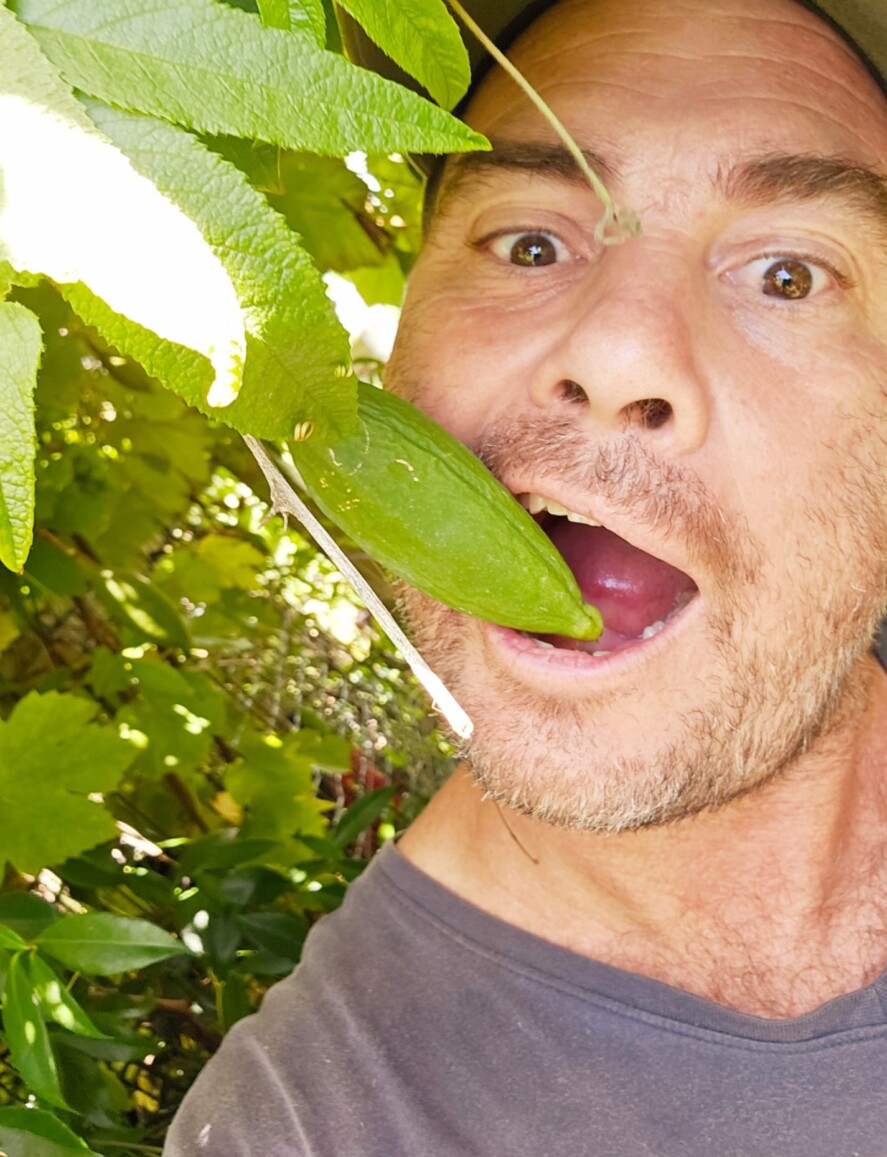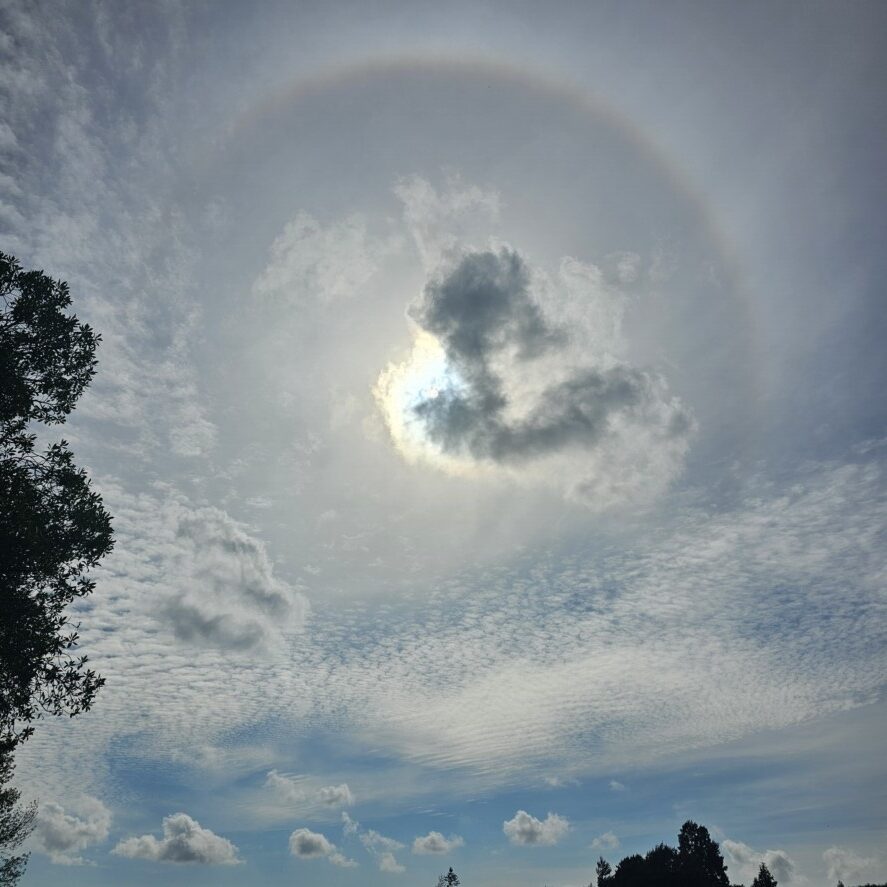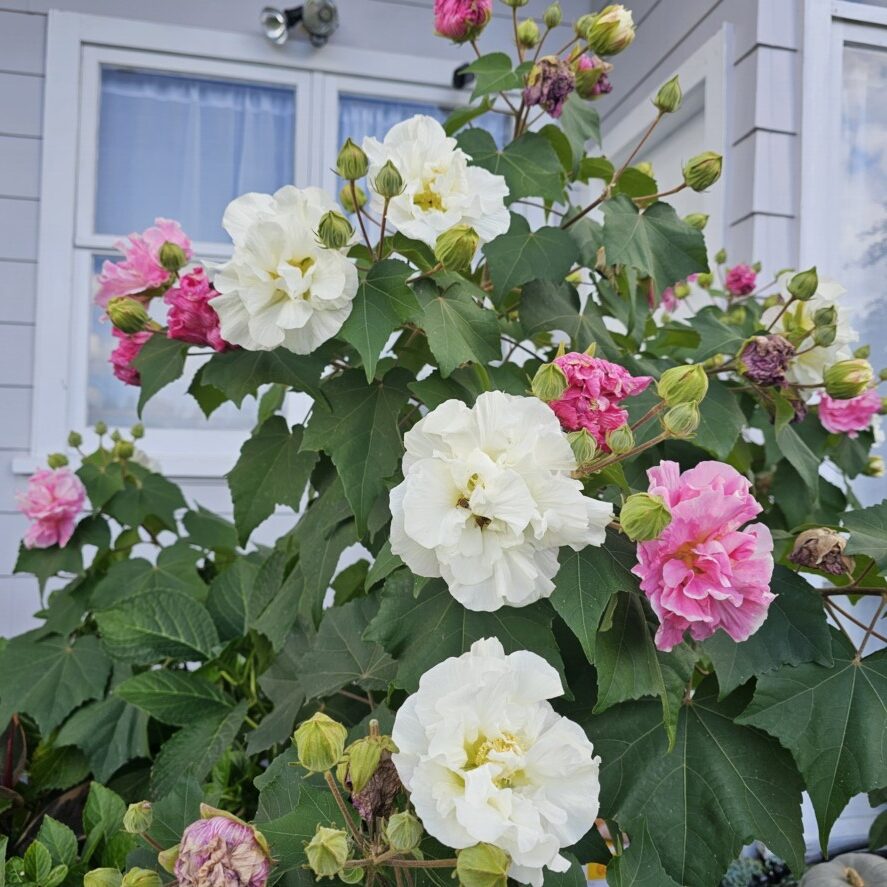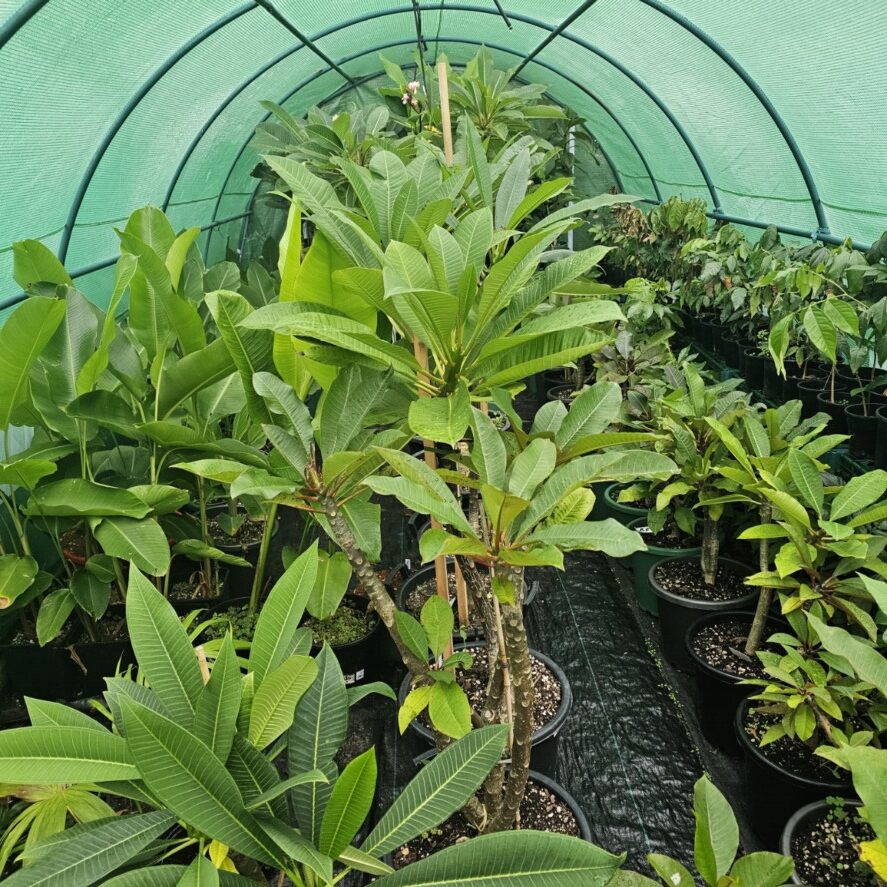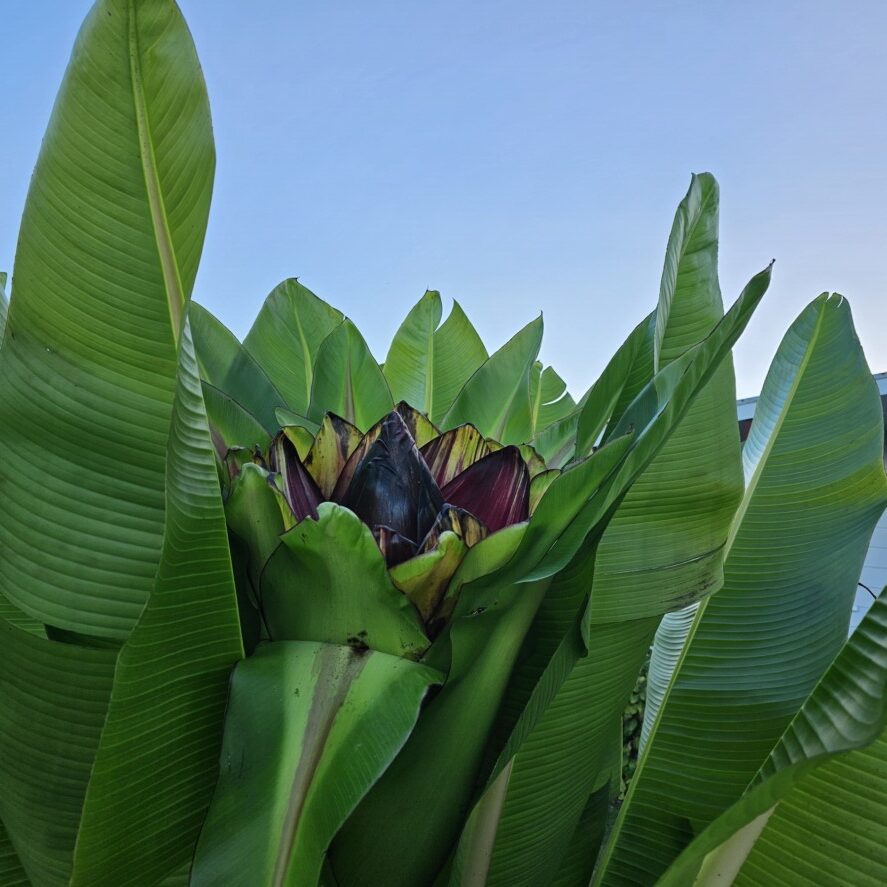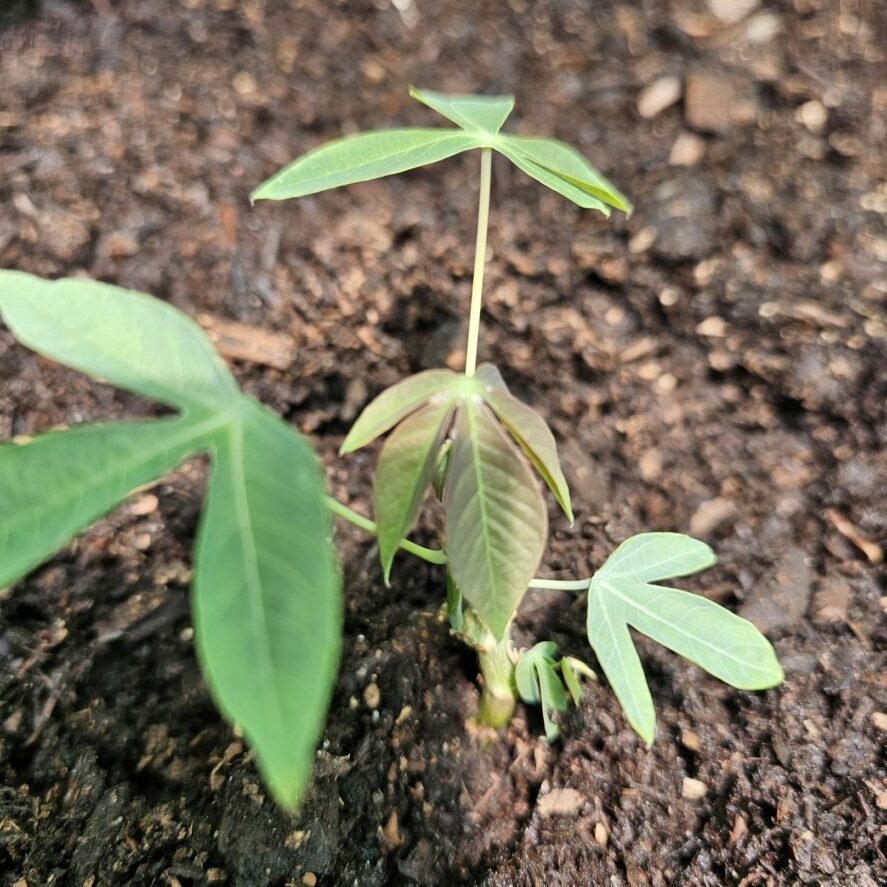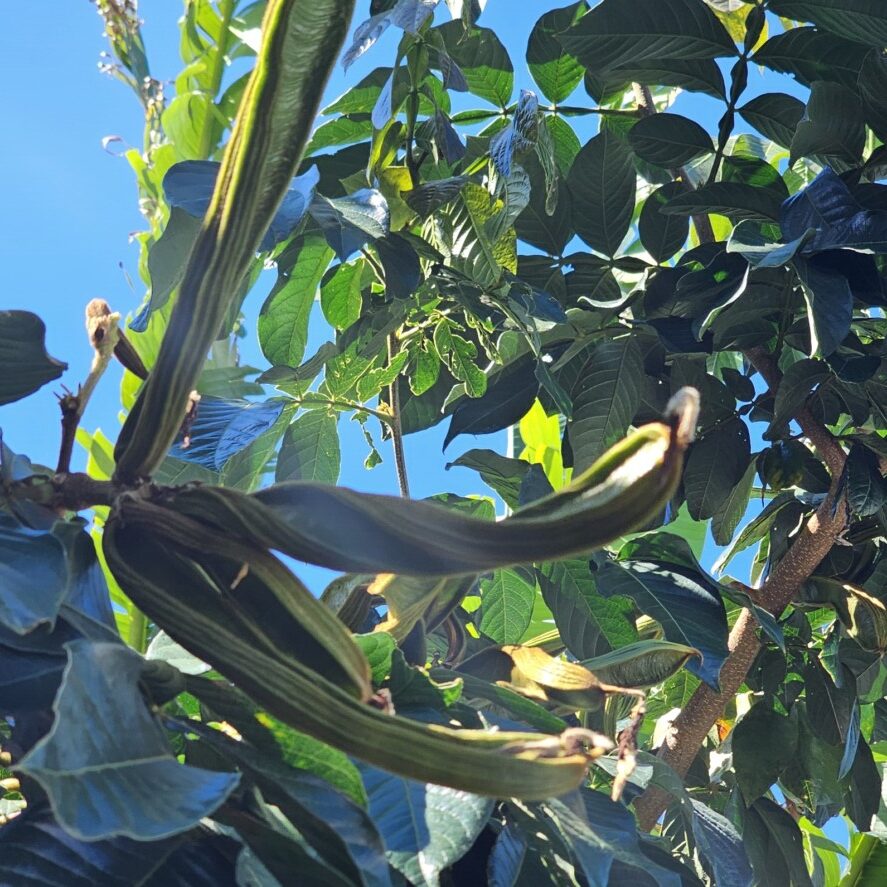-
Troppo Plant & Garden Articles
- Te Puke Region
- TROPPO’s Food Forest in Te Puke, BOP (www,foodforest.org.nz)
- Troppo’s Plant Collection
- TROPPO's Nursery Directory
- Food Forests of New Zealand (www.foodforests.nz)
- Nursery Map - Plant Suppliers of NZ Directory (www.nurserymap.nz)
- Kids Garden Corner
- New Zealand Garden Bird Survey
- New Zealand Garden Groups
- Delicious Recipes
Dock the Invader: The Trouble with Rumex in New Zealand
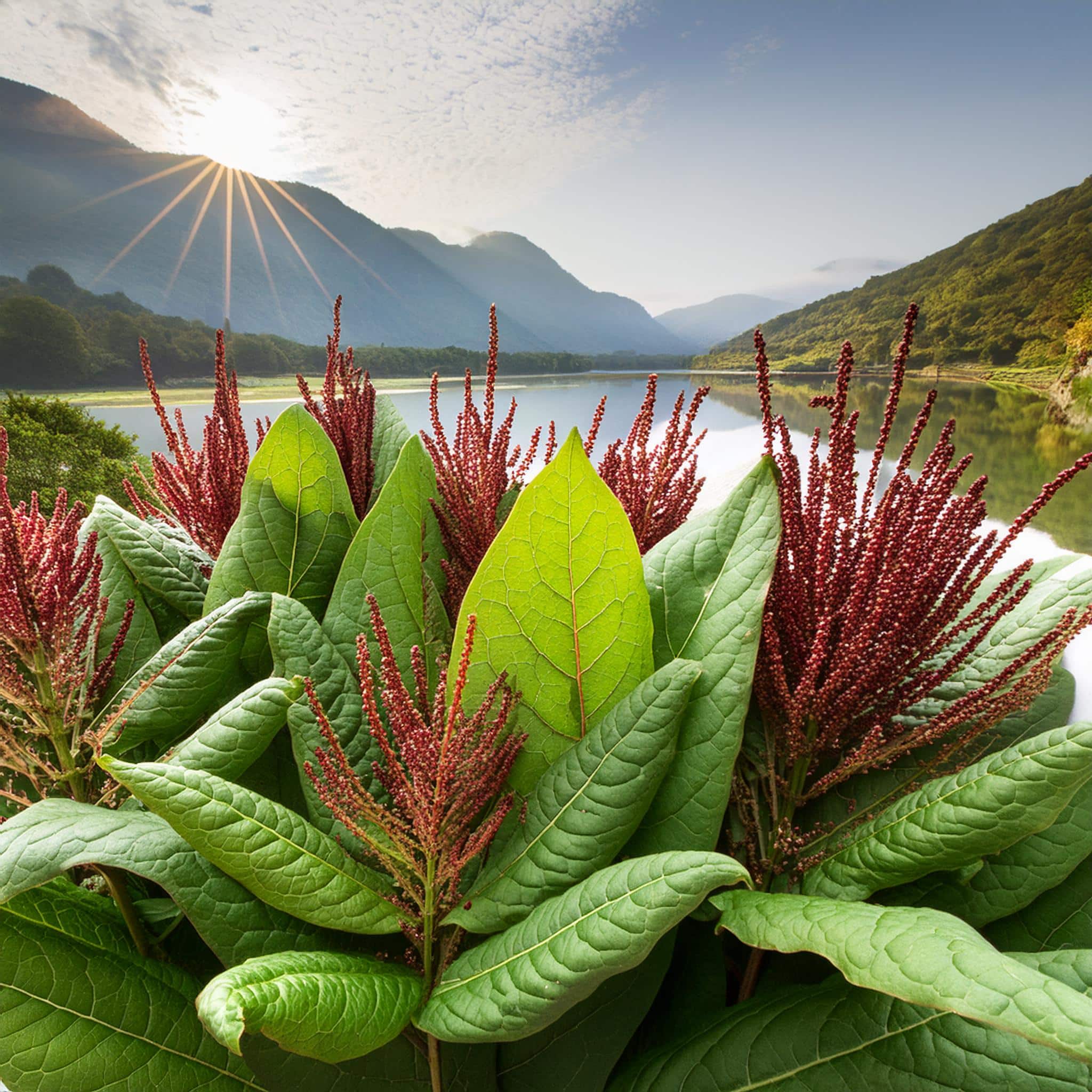
Hey there, nature enthusiasts and garden guardians! 🌿 Have you ever come across those pesky plants with broad, paddle-like leaves in your backyard or paddock? Meet Dock – specifically, Rumex obtusifolius (Broad-leaved Dock), Rumex pulcher (Fiddle Dock), and Rumex conglomeratus (Clustered Dock). These green invaders are more than just a minor nuisance; they’re causing big problems in New Zealand’s fields and gardens. Let’s dive into the world of Dock and discover why they need to be reined in.
Getting to Know the Dock Trio
Dock plants, with their sturdy stems and large leaves, might seem harmless at first glance. However, these species have a knack for taking over, spreading quickly and choking out native plants. Here’s a quick introduction to the troublesome trio:
Rumex obtusifolius, or Broad-leaved Dock, is the most common variety. It’s easily recognized by its large, broad leaves and tall, reddish flowering stems that can reach up to 1.5 meters.
Rumex pulcher, known as Fiddle Dock, has unique fiddle-shaped leaves and a more compact growth habit compared to its broad-leaved cousin. Despite its smaller stature, it’s just as invasive.
Rumex conglomeratus, or Clustered Dock, features narrow, clustered leaves and reddish-green flowers that form dense, spike-like clusters. This species is often found in wetter areas and is notorious for forming thick stands.
Why Dock is a Problem for New Zealand’s Ecosystem
While Dock plants may look like typical weeds, their impact on the environment is significant. Here’s why they’re considered a threat:
- Aggressive Growth: Dock plants grow rapidly and can dominate large areas quickly. Their extensive root systems make them difficult to eradicate once established.
- Competition with Native Plants: By forming dense colonies, Dock crowds out native vegetation, reducing biodiversity and altering the habitat for wildlife.
- Impact on Agriculture: Dock is particularly troublesome in pastures and agricultural lands, where it competes with crops and forage plants, reducing yields and quality.
- Soil Degradation: The large leaves and deep roots of Dock can alter soil structure and nutrient availability, further hindering the growth of other plants.
How to Identify Dock Plants
Spotting Dock is the first step in managing its spread. Here’s how to identify these invasive plants:
- Broad-leaved Dock (Rumex obtusifolius): Look for large, broad leaves with wavy edges and a reddish stem. The flower spikes are tall and densely packed with small, greenish-red flowers.
- Fiddle Dock (Rumex pulcher): This variety has distinctive fiddle-shaped leaves that are narrower at the base and wider at the top. It grows lower to the ground and produces smaller, clustered flowers.
- Clustered Dock (Rumex conglomeratus): Identifiable by its narrower, lance-shaped leaves and dense clusters of flowers that form on spike-like stems. It often thrives in wetter, marshy areas.
How to Remove Dock from Your Land
Tackling Dock requires persistence and a bit of strategy. Here’s how you can manage and remove these invasive plants:
- Manual Removal: For smaller infestations, hand-pulling or digging up the plants can be effective. Be sure to remove the entire root system, as Dock can regrow from root fragments.
- Herbicide Treatment: For larger areas, applying a suitable herbicide can help control Dock. Spot-treat the plants to minimize damage to surrounding vegetation. Always follow safety guidelines when using herbicides.
- Mowing and Cutting: Regular mowing or cutting can help reduce Dock’s ability to flower and seed, slowing its spread. This method is especially useful in pastures and large fields.
- Soil Management: Improving soil health and drainage can make conditions less favorable for Dock, helping to prevent its establishment and spread.
Why Your Efforts Matter
Removing Dock from your garden or agricultural land is crucial for protecting New Zealand’s native ecosystems and ensuring the productivity of farmland. By managing these invasive plants, you’re helping to preserve biodiversity and maintain healthy, vibrant landscapes.
Join the Fight Against Dock
Ready to tackle these leafy invaders? Whether you’re working in your own garden or helping with larger conservation efforts, every bit of effort makes a difference. Together, we can keep New Zealand’s natural beauty intact and Dock-free!
Happy weeding, and let’s show these Dock plants who’s in charge! 🌿🪓

